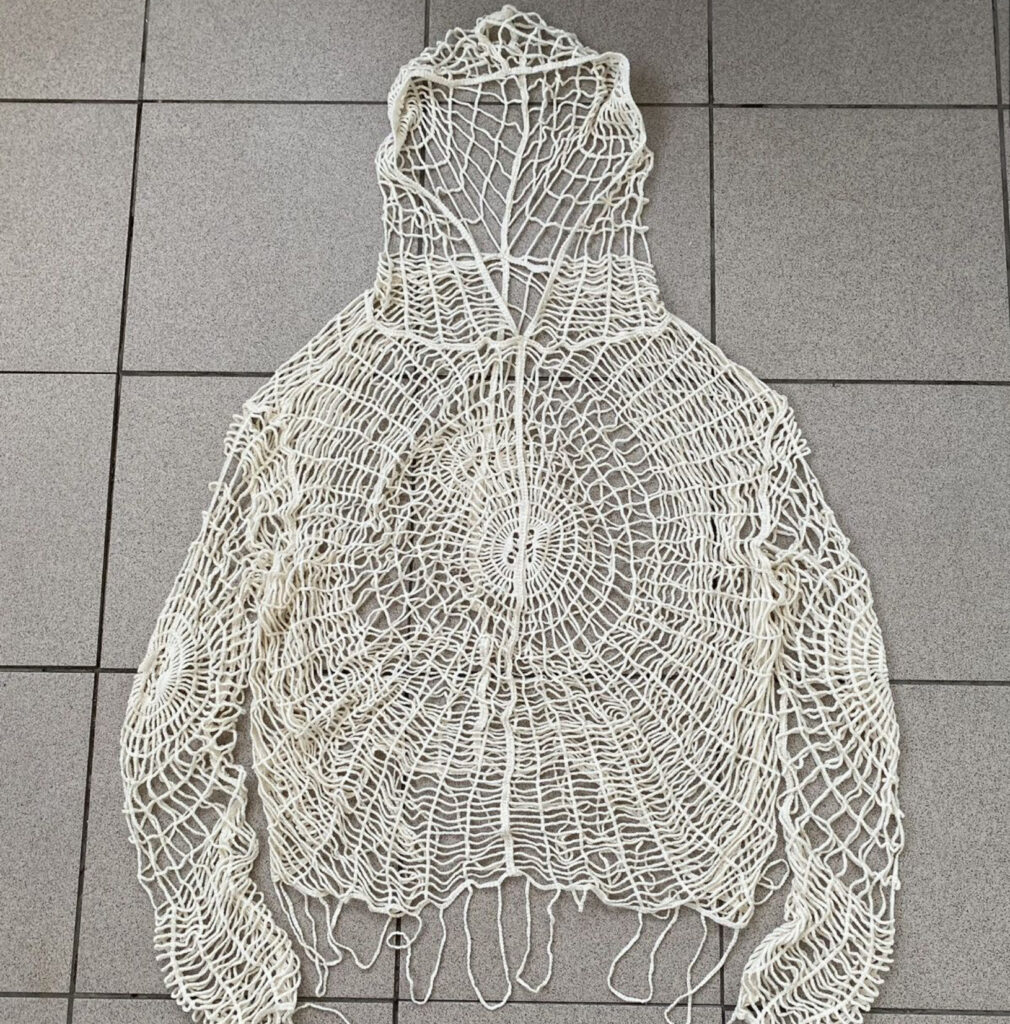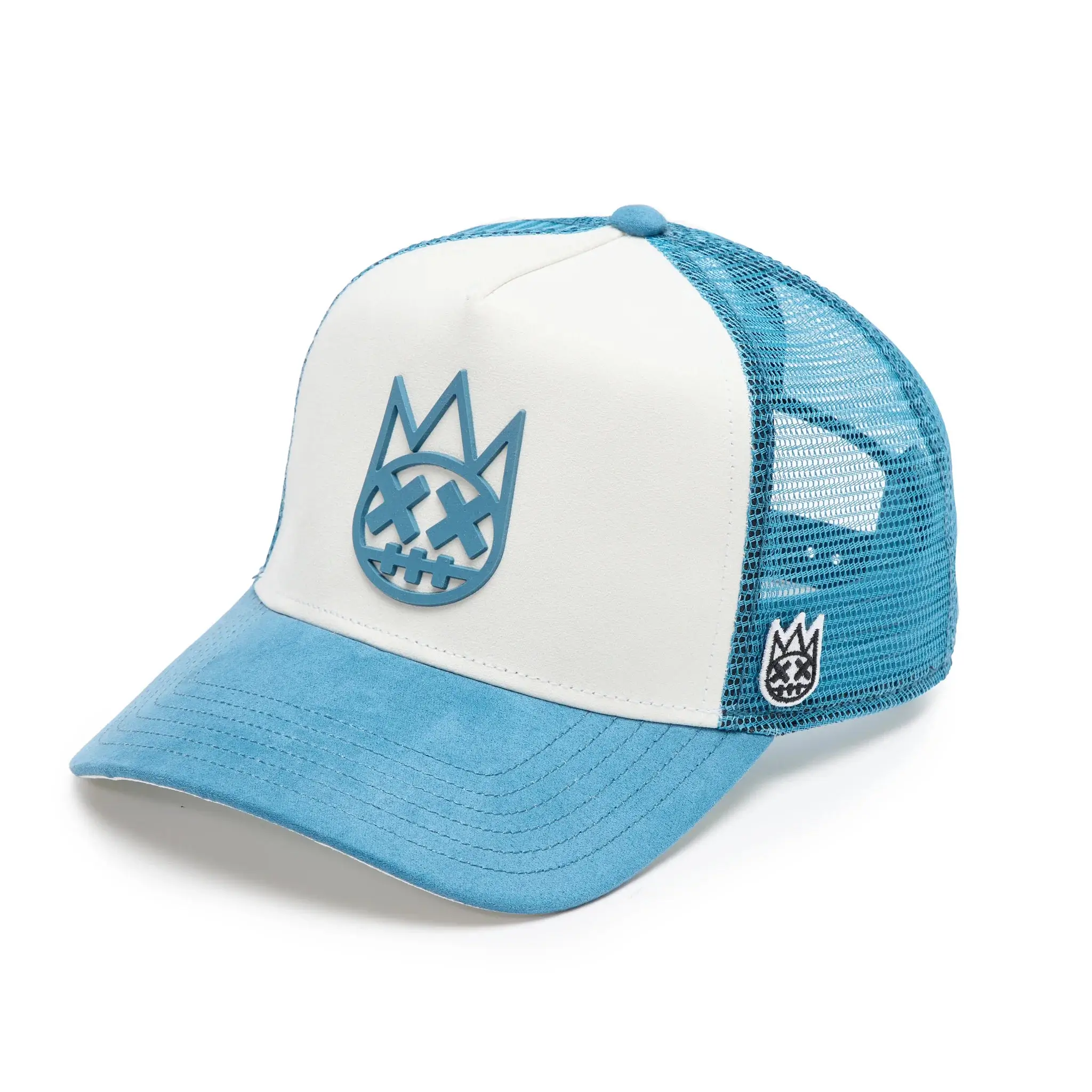Japan’s fashion scene has always been synonymous with avant-garde experimentation and unique cultural crossovers, but few brands embody this ethos as seamlessly as 20471120 and “If Six Was Nine”. Both of these labels represent the radical end of Japanese fashion, each standing at the confluence of art and streetwear, using unexpected designs, unconventional materials, and eclectic aesthetics to create pieces that challenge traditional notions of clothing. Among these creations, the Japanese mesh spider knit—part of the brands’ archive—stands out as a key symbol of their boundary-pushing identity.
A Brief History of 20471120 and If Six Was Nine
20471120 is not just a clothing brand but a conceptual statement. Founded in 1993 by designer Isao Wakabayashi, the name itself points to a futuristic vision—November 20, 2047—inviting speculation and curiosity. Wakabayashi, a former Issey Miyake apprentice, sought to break free from conventional fashion norms, focusing on a rebellious, almost dystopian aesthetic. He has continuously infused his collections with themes of chaos, deconstruction, and subversion, all while maintaining a level of technical mastery that speaks to his roots in Japanese high fashion.
“If Six Was Nine”, often considered a sister brand to 20471120, takes this ethos even further. The name, inspired by the Jimi Hendrix song of the same title, alludes to the idea of reversing expectations and defying established standards. Both brands share a commitment to the juxtaposition of contrasting materials and textures, drawing inspiration from rock culture, avant-garde art, and traditional Japanese craftsmanship.
The Japanese Mesh Spider Knit: An Archive Treasure
One of the most captivating items from the “If Six Was Nine” and 20471120 archives is the Japanese mesh spider knit. This piece is not merely a garment but a wearable work of art that encapsulates the brands’ distinctive approach to design. The spider knit is characterized by its intricate web-like patterns, achieved through a meticulous knitting process that blends natural fibers with synthetic threads. The resulting mesh structure gives the knit an ethereal quality, appearing delicate yet powerful, as if it could unravel at any moment but holds together through sheer will.
The spider knit embodies the theme of impermanence, a concept deeply rooted in Japanese philosophy. The deliberate fragility of the fabric, juxtaposed with its structured silhouette, creates a visual tension that echoes the fleeting nature of beauty and the transience of life. Wearing such a piece is akin to stepping into a liminal space between existence and decay, a nod to the impermanence that defines both art and fashion.
Fashion as Performance Art
Both 20471120 and “If Six Was Nine” have always positioned themselves as brands that go beyond mere clothing. Their collections are often conceptual explorations of identity, rebellion, and transformation, making them more aligned with performance art than traditional fashion. The Japanese mesh spider knit, for instance, can be seen as a performative piece that invites the wearer to engage with it actively, to move through space as though part of an otherworldly spectacle.
The knit’s complex design creates shadows and patterns on the body, making it appear almost animated. This visual dynamism is a hallmark of 20471120 and “If Six Was Nine” pieces, which often feature unconventional cuts and layering techniques. When worn, the garment transforms the wearer into a living canvas, making each movement a continuation of the artistic narrative initiated by the designer.
Archival Fashion and the Rebirth of Vintage
In recent years, archival fashion has gained significant traction, with collectors and fashion enthusiasts seeking out rare pieces from influential brands. This surge in interest is partly due to the growing appreciation for fashion as a form of historical documentation and partly because of the increasing rarity of these items. The Japanese mesh spider knit has become a coveted piece among collectors, not only for its aesthetic value but also for what it represents: a tangible reminder of a time when Japanese streetwear was at the forefront of pushing boundaries and redefining global style.
The resurgence of archival fashion also speaks to a broader trend in the industry—the shift away from mass production and disposable fast fashion towards a renewed focus on quality, sustainability, and the stories embedded within garments. The spider knit’s presence in the archive serves as a testament to the craftsmanship and innovation that define Japanese fashion. Its reemergence as a collectible item underscores the idea that fashion, like any form of art, gains value with time and context.
Impression
The cultural impact of 20471120 and “If Six Was Nine” extends far beyond the runway or streetwear scenes. These brands have influenced a generation of designers both in Japan and internationally. Their emphasis on conceptualism, material experimentation, and the fusion of Eastern and Western aesthetics has resonated deeply within the fashion community. Today, their legacy can be seen in the works of contemporary designers who prioritize storytelling, texture, and the exploration of new silhouettes.
Moreover, the brands’ connection to music, particularly rock and alternative genres, has fostered a unique subcultural appeal. By drawing inspiration from artists like Jimi Hendrix, 20471120 and “If Six Was Nine” have created a visual language that speaks to those who see clothing as an extension of their musical and artistic identities. The spider knit, with its delicate yet defiant structure, mirrors the ethos of rock music: a harmonious blend of chaos and control, beauty and destruction.
As interest in archival fashion continues to grow, it raises important questions about the future of these avant-garde brands. Will the resurgence of pieces like the Japanese mesh spider knit lead to a broader revival of 20471120 and “If Six Was Nine”? Or will these items remain niche collectibles, cherished by a select group of enthusiasts who understand their cultural significance?
One possible outcome is that this renewed interest could inspire the brands’ founders or new designers to revisit and reinterpret past collections, bringing these timeless pieces back into the contemporary fashion discourse. Alternatively, the archival trend could lead to increased collaboration between collectors, fashion historians, and museums, ensuring that these items are preserved and appreciated as the works of art they truly are.
For now, the Japanese mesh spider knit and other archival pieces from 20471120 and “If Six Was Nine” continue to captivate those fortunate enough to encounter them. Whether on the runway, in a collector’s wardrobe, or displayed as part of an art installation, these garments transcend their status as mere clothing, offering a glimpse into the creative genius and cultural landscape that defined an era of Japanese fashion.
No comments yet.








